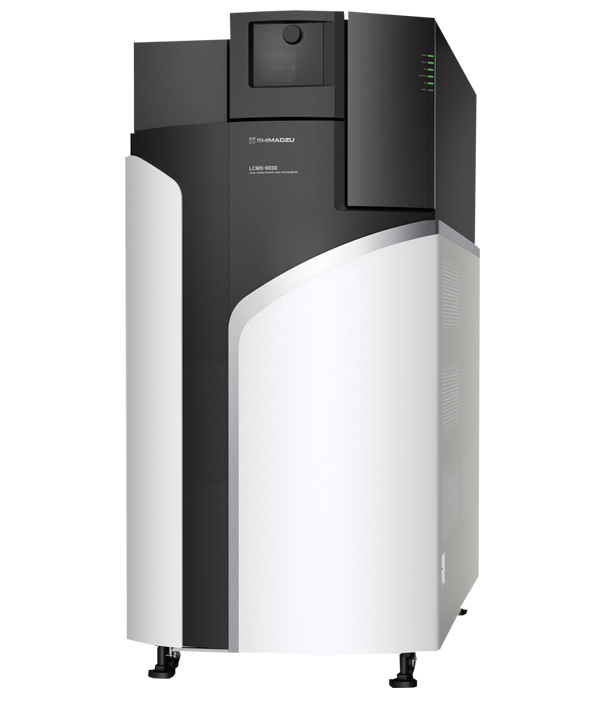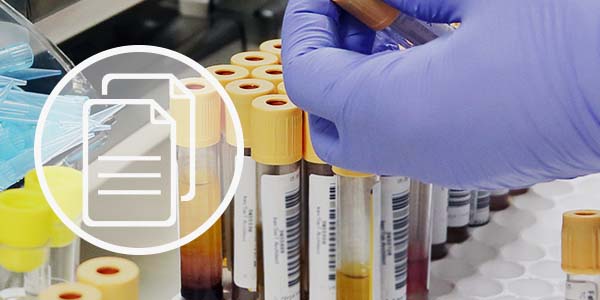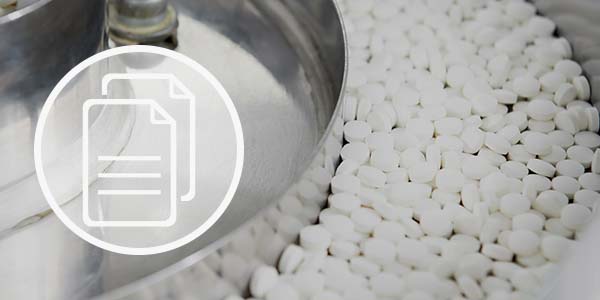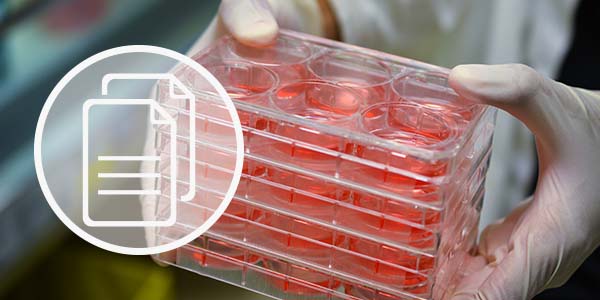What is HRAM-MS?
High-Resolution, Accurate-Mass (HRAM) Mass Spectrometers (MS) are a class of MS instrumentation with capability to resolve complex sample matrix and to allow identification of compounds by measuring their accurate masses. HRAM have been used extensively for structural elucidation of unknown compounds in various applications. Mass measurement accuracy (MMA) is the key performance attribute contributing to the molecular specificity and reduction of false positive results in HRAM applications. Understanding various factors affecting the MMA will help scientists conduct better analysis by taking effective measures to sustain stable MMA.
Mechanism of Q-TOF MS
Quadrupole time-of-flight (Q-TOF) mass spectrometer (MS) uses a hybrid of technologies. Ions generated at the ion source are first focused into a ‘beam’ and transmitted through the quadrupole, using the proven technologies of the triple-quadrupole mass spectrometers. On the other end, the TOF technology analyzes the ions in ‘pulses’, measuring the time taken for the ions to travel through a high vacuum chamber called flight tube.
On entry into the flight tube, ions are accelerated by a high-voltage field which is applied transiently and repeatedly so that the ion beam in continuous flow can be segmented into small packets of pulses. Using an equation, the amount of kinetic energy gained by the ion packet in the field can be converted into unidirectional velocity, time-of-flight (TOF). The TOF is proportional to the squareroot of m/z for a constant flight path and acceleration voltage. Therefore, as a device, a TOF MS analyzer is a time recorder that synchronizes high-voltage pulse with ion detection to measure TOF.
On entry into the flight tube, ions are accelerated by a high-voltage field which is applied transiently and repeatedly so that the ion beam in continuous flow can be segmented into small packets of pulses. Using an equation, the amount of kinetic energy gained by the ion packet in the field can be converted into unidirectional velocity, time-of-flight (TOF). The TOF is proportional to the squareroot of m/z for a constant flight path and acceleration voltage. Therefore, as a device, a TOF MS analyzer is a time recorder that synchronizes high-voltage pulse with ion detection to measure TOF.
 Schematic to illustrate the mechanism of TOF MS.
Schematic to illustrate the mechanism of TOF MS.Mass Calibration and Lock-Mass Correction
The process through which detector recordings are converted into m/z is called calibration. A widely-used approach for sustaining favorable MMA is to implement automated correction of calibration table using measured masses of a ubiquitous compound of known exact mass (the ‘lock-mass’). This lock-mass approach compensates for randomly-occurring 'mass drifts', alleviating the need for frequent re-calibration. Moreover, several researches have demonstrated the effectiveness of the lock-mass correction in improving the overall MMA, giving notable impact on complex analyses requiring long chromatographic runtime, albeit the different algorithms employed by researchers and instrument manufacturers.
External Calibration
In Q-TOF MS, two principal factors that cause mass drift are temperature changes and electronic instability. To better understand the nature of mass drift, the LCMS-9030 was subjected to rigorous temperature changes within a 24-hour period during which analyses were performed to evaluate the MMA. To learn more, read our white paper to understand the "Mass Accuracy Triangle" and how outstanding stability of MMA can give you real confidence in your analyses.
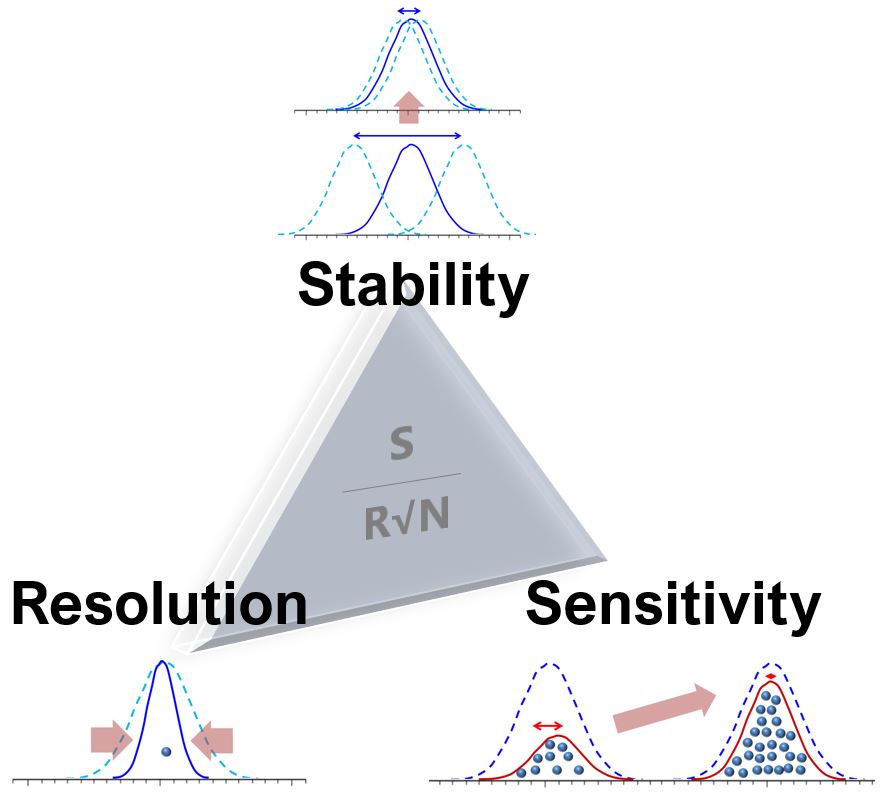 The ‘Mass Accuracy Triangle’ summarizes the important elements for attaining good mass measurement accuracy.
The ‘Mass Accuracy Triangle’ summarizes the important elements for attaining good mass measurement accuracy.